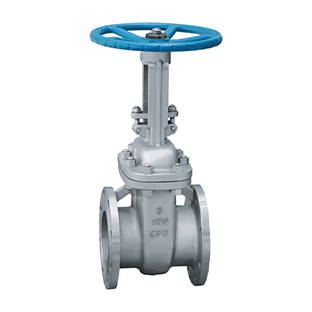Control Strategies for Electric Actuator Force in Automated Systems and Applications
Electric Actuator Force Control A Comprehensive Overview
Electric actuators are essential components used in various applications, from industrial automation to robotics and automotive systems. One of the critical aspects of their functionality is force control, which directly impacts the precision and efficiency of automated processes. This article delves into the principles of electric actuator force control, its importance, applications, and the technologies employed to achieve optimal performance.
Understanding Electric Actuator Force Control
Electric actuators convert electrical energy into mechanical motion. They are primarily used to move or control a mechanism or system, utilizing motors and other electrical components. Force control refers to the ability of an actuator to regulate the force it exerts during operation, allowing for precise movements and adjustments depending on the task at hand. This capability is particularly important in applications where the interaction with the environment or other objects is critical, such as in assembly lines or robotic surgery.
The Importance of Force Control
1. Precision In processes where precision is paramount, such as in manufacturing or delicate assembly tasks, accurately controlling the force can prevent mistakes and ensure high-quality outputs.
2. Safety Proper force control can mitigate the risk of damaging sensitive components. For instance, in robotics, excessive force may lead to equipment failure or pose risks to human operators. Effective force control ensures safe interactions.
3. Efficiency Optimizing force application can lead to reduced energy consumption. By applying the right amount of force at the right time, actuators can operate more efficiently, leading to longer service life and lower operating costs.
4. Adaptability In dynamic environments, actuators equipped with force control can adapt to changes in load or resistance, maintaining effective operation even as conditions change.
Techniques for Force Control
Several methods can be employed to achieve effective force control in electric actuators
1. Feedback Control This method involves using sensors to monitor force and adjust the actuator's performance in real-time. By employing closed-loop systems, feedback from force sensors ensures that the actuator can continuously adjust its output to meet desired specifications.
electric actuator force control

2. Model-Based Control This approach utilizes mathematical models of the actuator and the environment to predict required forces. By understanding the dynamics of the system, models facilitate the planning and control of motion, allowing for predictive adjustments rather than reactive ones.
3. Adaptive Control Adaptive control techniques allow systems to update their control strategies in response to changes in dynamic conditions or variations in system parameters. This adaptability improves the overall robustness of the actuator in the face of unpredictable environments.
4. Fuzzy Logic Control Fuzzy logic offers a way to handle uncertainties in system behavior. By using fuzzy rules to approximate human reasoning, this control method can effectively manage the complexities involved in force control without needing precise mathematical models.
Applications of Electric Actuator Force Control
Electric actuator force control finds its applications in several fields
- Manufacturing In processes such as assembly, force control ensures that parts are fitted precisely without damage, enhancing production quality.
- Robotics Robots equipped with precise force control can perform tasks such as playing an instrument or conducting surgeries, where gentle, controlled movements are crucial.
- Automotive Industry Force control is vital in electric vehicles for applications like automated braking systems and adjustable seating mechanisms.
- Aerospace In aircraft systems, effective force control contributes to actuating wing flaps and landing gear, crucial for safety and performance.
Conclusion
Electric actuator force control is a vital domain that significantly enhances the functionality of automated systems. By ensuring precise, safe, and efficient operation across various applications, this technology underscores the importance of integrating advanced control techniques in modern engineering practices. As automation continues to evolve, the demand for sophisticated force control in electric actuators will undoubtedly grow, paving the way for innovation and improved industrial practices.
-
Breakthrough in Domestic Low Temperature Valve Technology in ChinaNewsAug.18,2025
-
From Machinery to Intelligent Brain: The Digital Transformation Wave of the Valve IndustryNewsAug.18,2025
-
PCVEXPO 2025NewsAug.18,2025
-
The Key to Fluid Control: Exploring the Advantages of Ball Valves in Industrial SystemsNewsJul.09,2025
-
The Versatile World of 1, 2, and 3 Piece Ball ValvesNewsJul.09,2025
-
Stainless Steel Ball Valves: The Ideal Choice for Efficient Flow ControlNewsJul.09,2025
-
Optimizing Fluid Control with Ball Float ValvesNewsJul.09,2025




